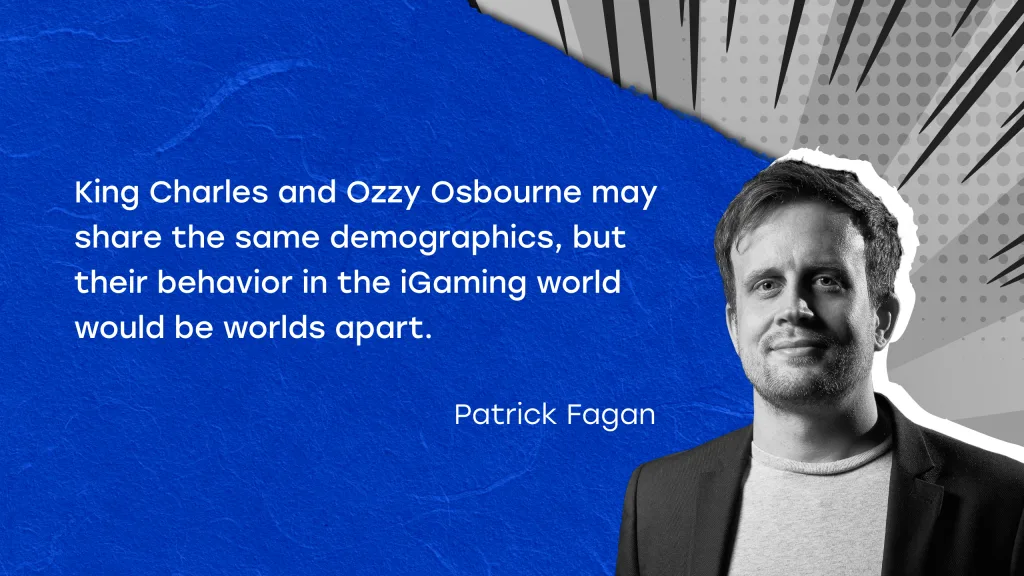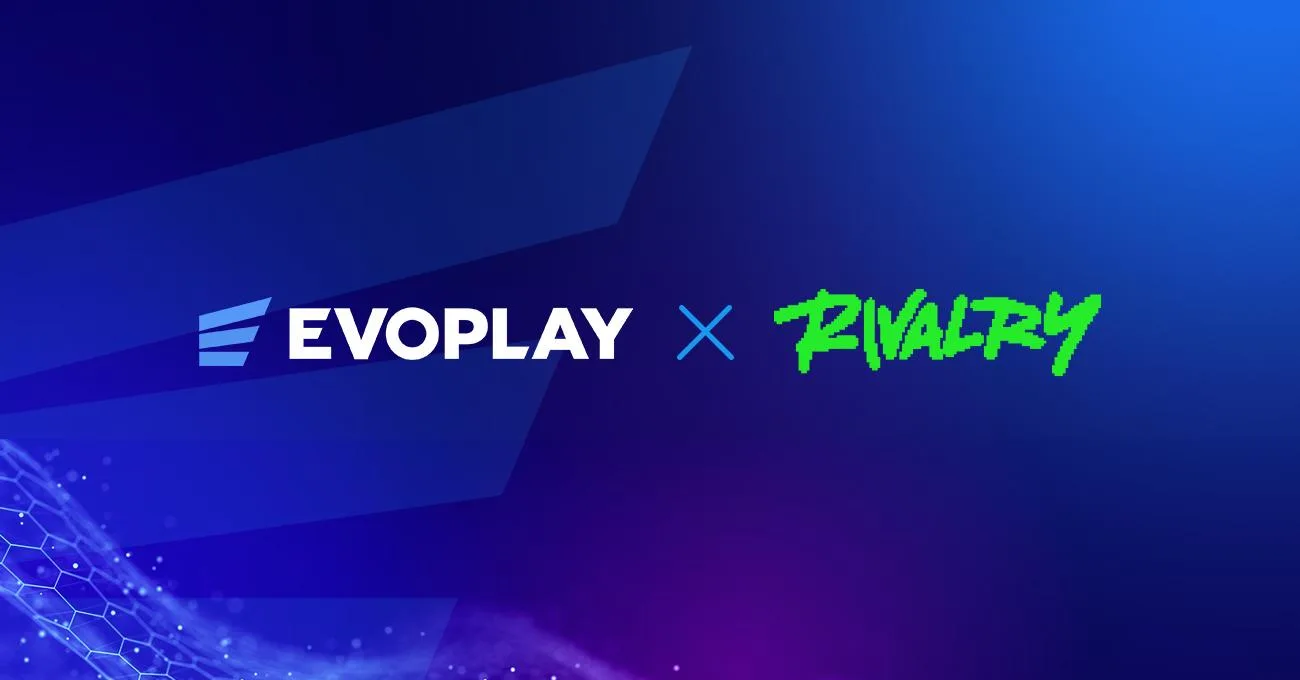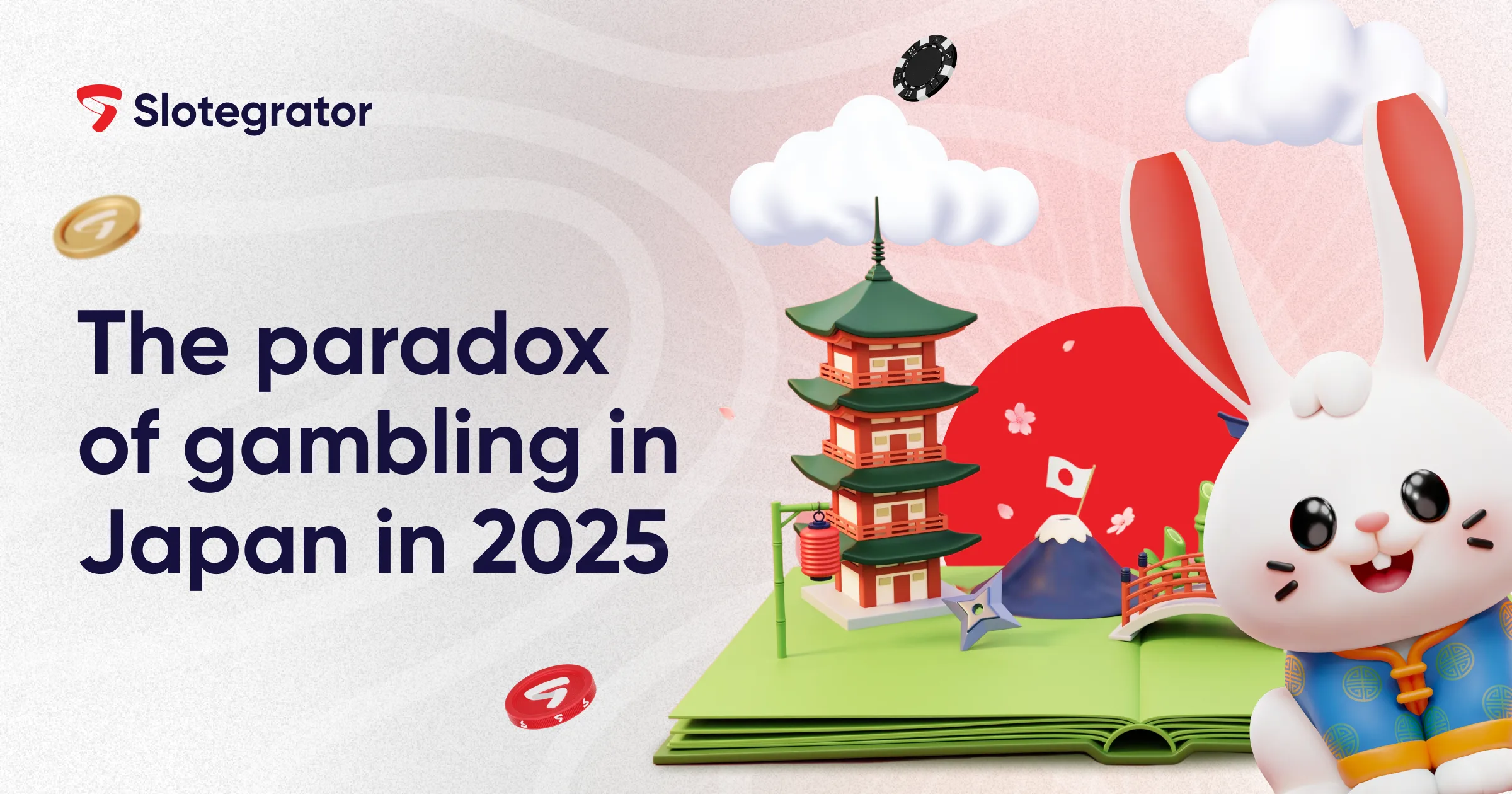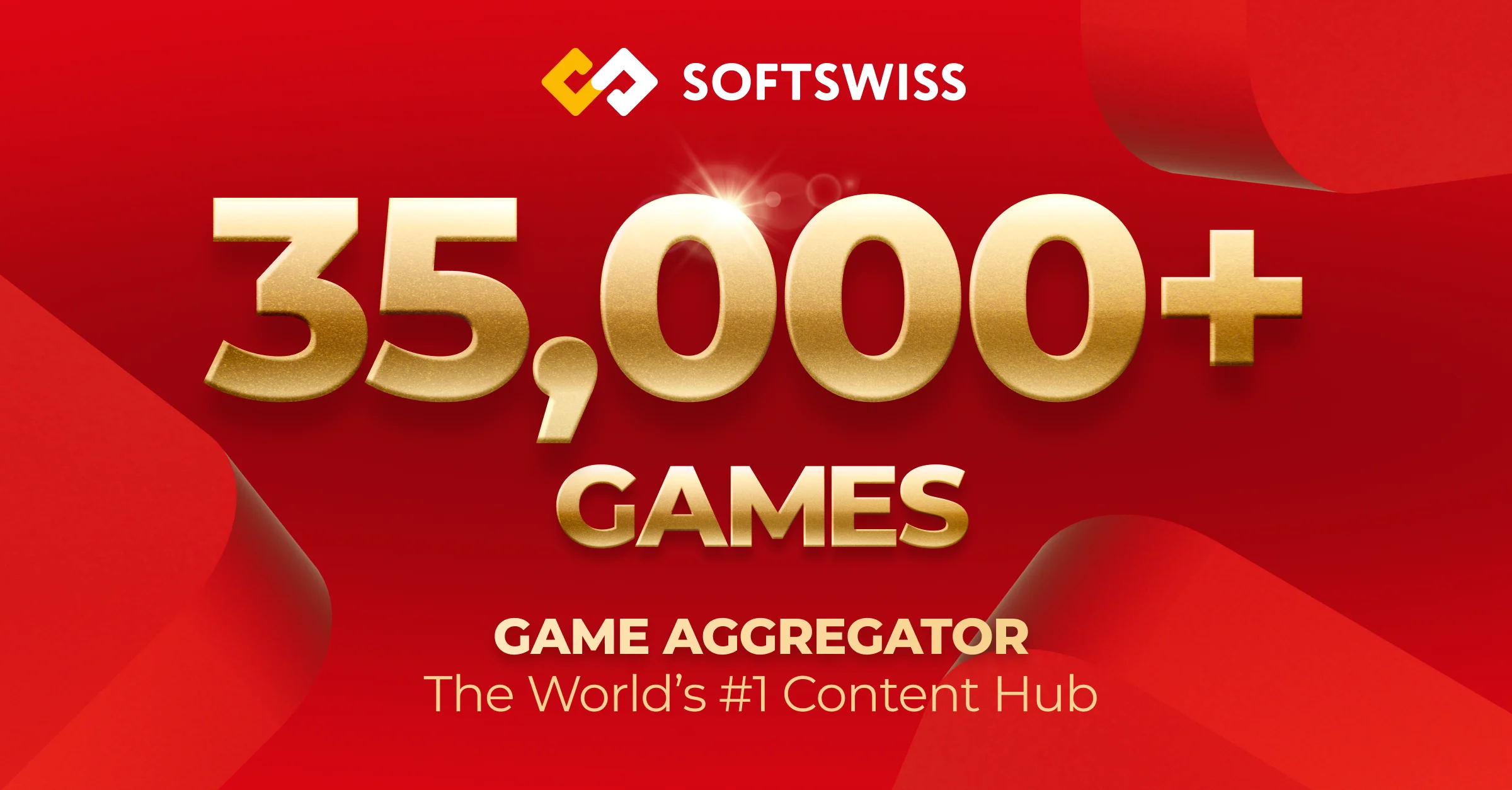In pursuit of finding the perfect recipe for nurturing customer loyalty, the acquisition and engagement solutions provider Trueplay hosted an interview with behavioral scientist, journalist, and university lecturer Patrick Fagan. The expert shared insights about the impact of emotional responses and cognitive mechanisms on players’ decision-making.
The conversation touched upon various topics, from player archetypes and essential attributes for user segmentation to tactics ensuring responsible gaming and the connection between one’s emotions and loyalty toward a brand.
Five player archetypes in iGaming
Wagerers have distinct motivations for playing and favor different games. Based on their preferences and behavioral traits, experts categorize casino clients into five groups: casual fun-seekers, emotional escapers,status-driven players, social gamblers, and analyzers.
Casual fun-seekers value social interaction and will likelyenjoy games like bingo and slots.
Emotional escapers seek distraction, mood management, and emotional release.
Status-driven players love it when others recognize their achievements, so the chances are high you will see them showing off at a land-based casino or online for winning in social games like slots, bingo, and poker.
Social gamblers also like the buzz of playing with others, often enjoying games that involve progressive jackpots or multiplayer elements.
Analyzers approach wagering strategically, favoring skill-based games like poker and sports betting.
As player types engage with platforms in their own distinct ways, understanding these differences is critical for fostering lasting loyalty.
Going beyond surface-level demographics for segmentation
Fagan emphasized the greater importance of psychographic segmentation over demographic profiling. “King Charles and Ozzy Osbourne share similar demographics,” he noted, “but psychologically, they are worlds apart.” He stressed that decoding individuals’ motivations is far more predictive than considering age or income brackets.

The appeal of participatory streams
Players enjoy watching someone trying their lady luck as much as they like playing themselves. This phenomenon occurs due to our mirror neurons, which enable us to experience others’ highs and lows as if they were our own. With decision fatigue on the rise, allowing someone else to take the reins brings comfort and relaxation. It’s no surprise tools like CopyStake are increasingly in demand among iGaming businesses.
Breaking the dark flow to ensure healthy gaming
Dark flow is a psychological state where players become so immersed in the game that everything else fades away, especially when one is stressed. The speaker noted systems can and should be designed to encourage healthier engagement: “One study found that banning smoking in casinos led to reduced problem play because stepping outside for a cigarette broke the flow. You can even add puzzles between rounds to interrupt that automatic state.”
The strongest loyalty is emotional
The emotional connection between customers and a brand is central to building strong, lasting loyalty. iGaming brands must make people feel good. “You want to create peak experiences that stand out from the grey routine of daily life. Add some basic behavioral tools — rewards, reminders, ease of return — and you’ve got a structure,” the expert added.
Watch the full interview here.












